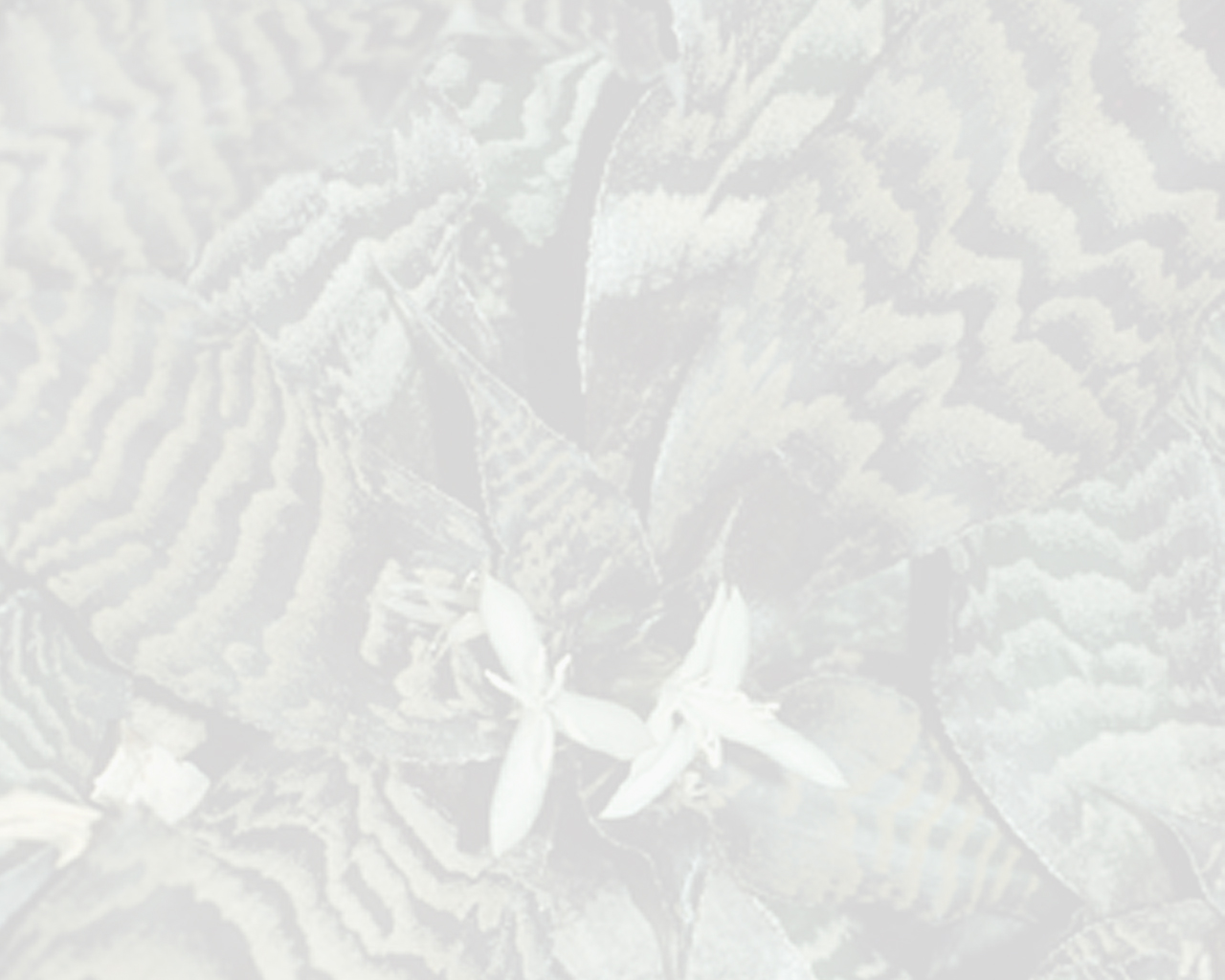


plant flowering a little beyond 40 cm high. leaves 20–25 in number, 25 cm long, above the sheath ca 45 rnm wide, from base to apex attenuate, subtriangular, not cretaceous. inflorescence: peduncle erect, wrapped in bracts far surpassing the internodes; fertile part once branched, paniculate, many flowered, densely composed of ca 7 short spikes, subclavate, fertile part ca 11 cm long, 3.5 cm diameter; spikes strictly erect, up to 4.5 cm long, thick; primary bracts all foliaceous, its sheaths not distinct from the blade, suberect, the lower and middle at least exceeding the axillary branches; floral bracts clearly shorter than the sepals, chartaceous, glabrous, only minutely veined abaxially, ovate-elliptic, apex rounded, ca 6 mm long. flowers dioecious, male flowers unknown, female flowers suberect, to 9 mm long; sepals dry yellow or yellow-green, subcoriaceous, abaxially glabrous, smooth, adaxial ones conspicuously obtusely carinated, broadly elliptic, strongly asymmetric with one lateral margin expanded into a large wing far surpassing the obtuse apex, ca 8 mm; long, shorter than the petals; petals white, suborbicular, apex rounded. stamens in female flowers much reduced; anther minute, subsagittiform, hyaline-translucent, sterile. pistil: ovary in female flower large, roughly ovoid; style lacking.Translated by E.J.Gouda (11-08-2024) from: Mez 1896. (protologue) Bromeliaceae in De Candolle, C. (ed.). Monographiae Phanerogamarum.